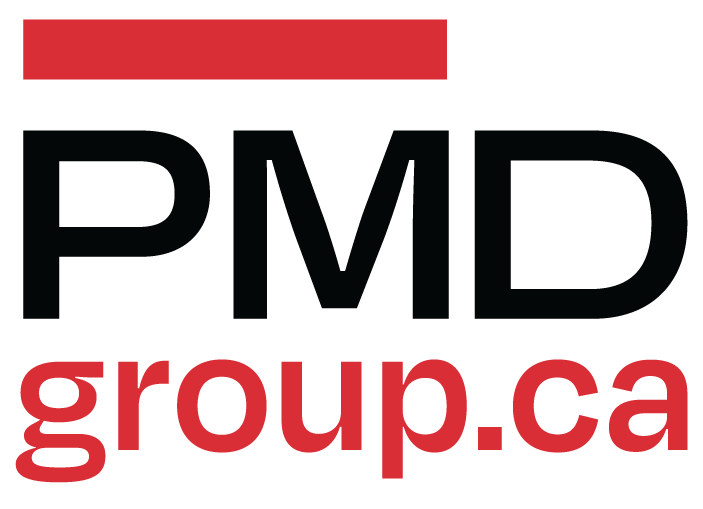Efficiency = Profits
Service efficiency can be defined in many terms. Increased efficiency can mean more calls. Increased calls can mean more revenue. More revenue with fixed costs of a service department can result in increased profits.
Profits: excess of revenues over outlays and expenses in a business enterprise over a given period of time…..
A service business purchases man-hours from technicians for the purpose of solving a customer’s problems. Whether in warranty or not, the goal is to accomplish this by repairing a household of a malfunctioning appliance. In doing so efficiency is defined by our ability to charge for as many of those purchased man-hours as is possible.
Efficiency – Wikipedia
Efficiency is the (often measurable) ability to avoid wasting materials, energy, efforts, money, and time in doing something or in producing a desired result. In a more general sense, it is the ability to do things well, successfully, and without waste. “Efficiency is thus not a goal in itself.
Similarly, service efficiency can be defined as the number of service calls, we complete in one trip to the customer’s home. Referred to as first call completes or FCC. The more FCC per day the more man-hours can be charged to customers and manufacturers in hopes of increased profits.
A concerted focus on increasing FCC in the service department is paramount to delivering profits. The more billable hours we achieve the greater the ability to spread department overhead costs over those hours lowering the hourly cost to run the business and increasing profits per call.
Consider this example: A service company with 4 technicians completing 4 FCC out of 8 service calls each day at an average of $80 each generates $307,200 in revenue per year. If each technician completed just one more call per day, they would generate $384,000 or an additional $80,000 more in revenue to help pay the overhead. This is significant as the cost of doing business (CODB) remains the same since we are selling a repair service and not products.
While the financial impact on business is significant, completing one additional FCC per technician is not an easy task.
Efficiency to increase FCC is often overlooked as the rewards are not obvious and often elusive.
Increasing FCC requires a team effort from all service department staff. FCC are impacted by many influences in the day-to-day operations of the business. Influencers include dispatching techniques, technology for field technicians, correct inventory, parts ordering & supply, pre-diagnosing calls, technician skill sets, industry resources and specialized tools. Let us take a closer look at some of these influencers.
Dispatching techniques: You may think it’s obvious to schedule calls in a geographic chronological order that prevents the technician from backtracking, but this is not always a priority as time commitments to customers often overrule. In multiple technician companies repair skill sets often trump geographic or time commitments. Rush hour traffic can impact the efficiency of a route. Regardless of these hurdles, the dispatching of a technician has an enormous impact on FCC; give dispatching/routing the respect and resources it demands to limit a technician’s non-billable drive time each day.
Technology in the field: Smartphones and laptops have come a long way and dropped significantly in price. A smartphone will capture the correct model and serial number every time and document any pre-existing damage of the workspace. Computers in the field provide instant access to service manuals, diagrams, parts availability, and customer history giving much-needed control to the technician to be more efficient on every call.
Parts Inventory: Having the right part at the right time is no accident and yet so powerful to increasing FCC. Repair parts must be monitored, managed, and inventoried based on usage and availability. Parts Inventory is the second biggest influencer on FFC and efficiency. Give repair parts inventory the respect it demands. Failure to stay on top of parts inventory can be very costly in outdated stock.
Pre-diagnosing of service calls: This activity is the single largest influencer and can make or break service profits. Unfortunately, most companies overlook this crucial step. Every service call should be pre-screened up to three times before a service truck is permitted to roll. First, by the CSR for the complete model, serial, descriptive complaint, and correct customer address information. Second, by the service manager to assure the legitimacy of the call, required skill set, tools and parts required to enable completion on the first trip. Lastly, the technician himself must screen the call by calling the customer to confirm details and customer availability of the reported complaint. Only he can accept responsibility for the best use of his time and paying him on commission will encourage him to execute this vital step in being the most efficient he can be.
Training, tools, and resources: Last but far from least is to equip technicians with regular updated skills training. Provide specialized tools necessary to complete specific jobs. Ensure field access to the vast resources available today via the intranet to help technicians solve appliance repair problems.
Efficiency and FCC are not easy but are essential to realizing profits in service.
Appliance repair not easy but then if it was, customers would not need our services.

